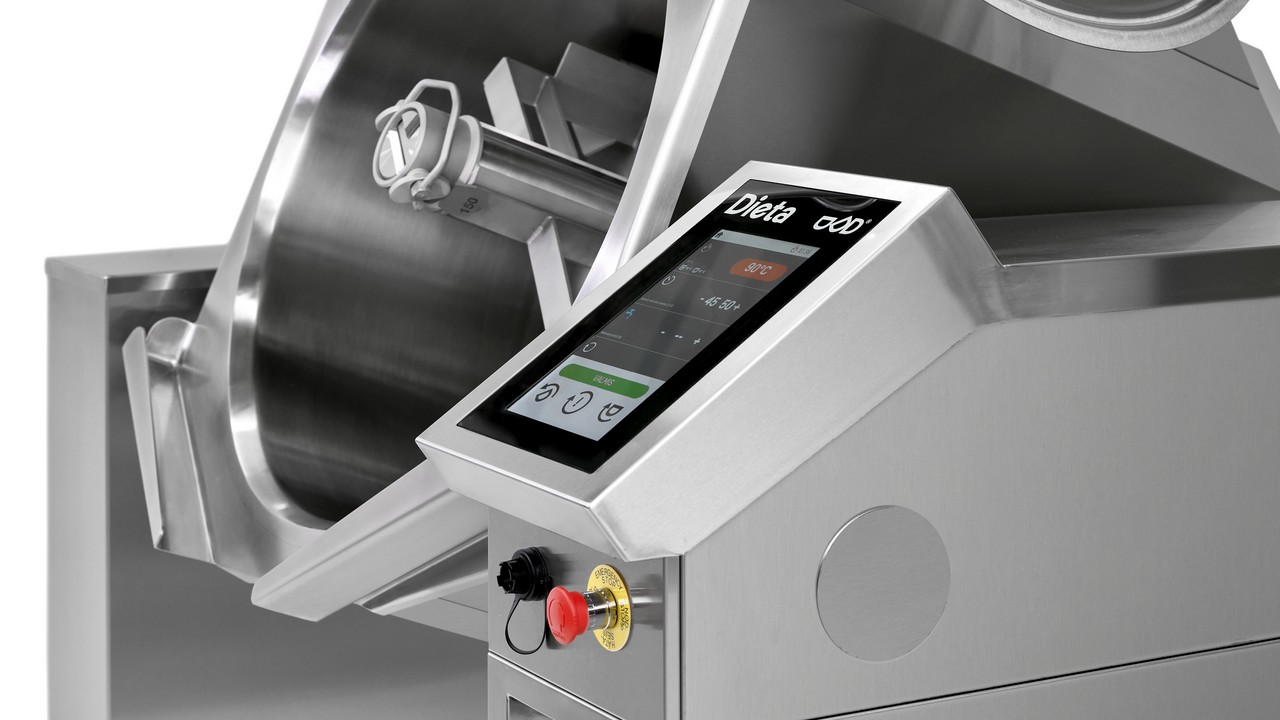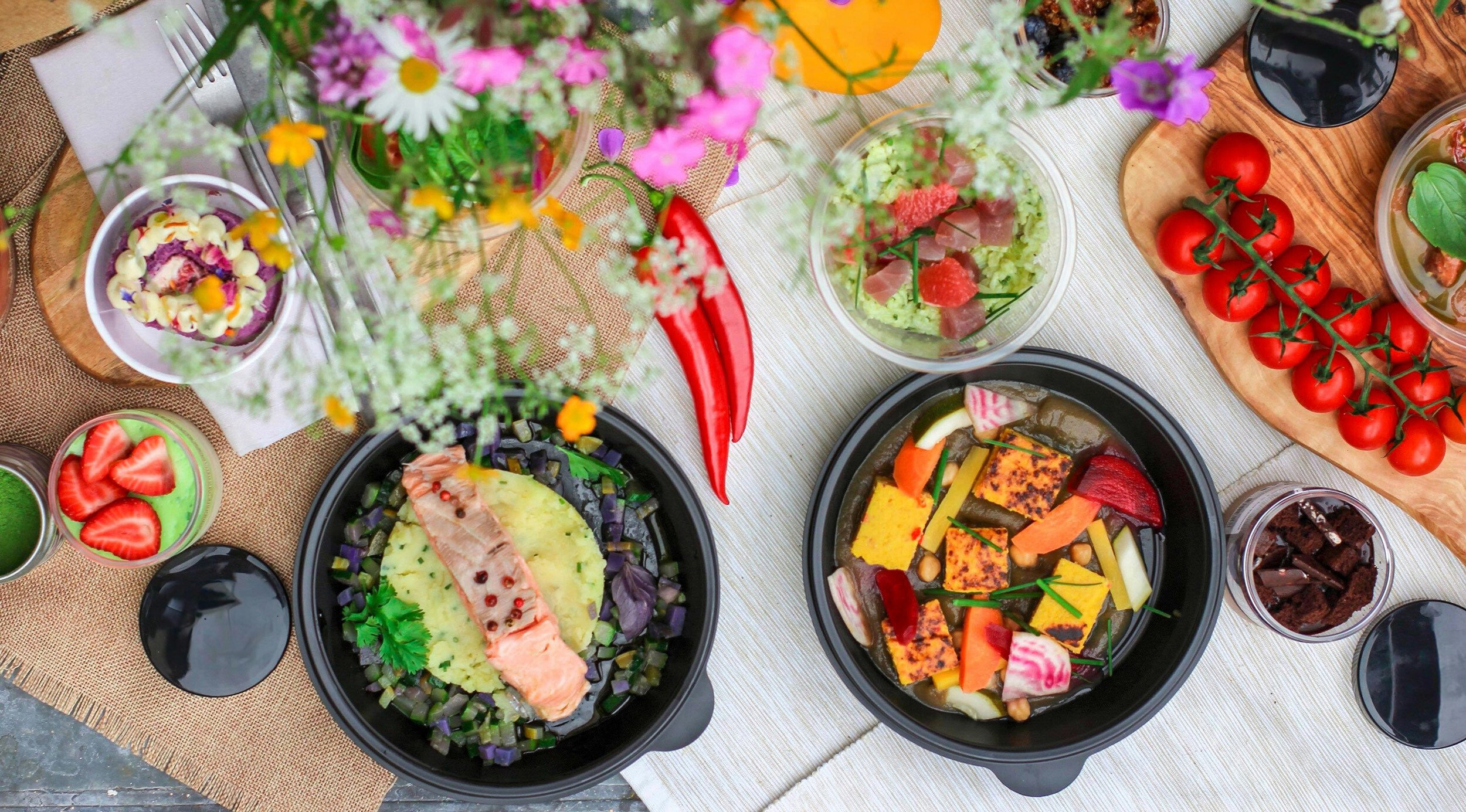In professional kitchen production units, where large quantities of meals are prepared, the challenge is to balance flavor, costs, and healthiness. Choosing the right cooking method significantly influences these factors.
In this blog series, we explore the key differences between boiling and frying: This segment evaluates the cost efficiency of boiling versus frying in a professional kitchen. We consider various elements, including energy use, the cost of raw ingredients, labor, and maintenance of equipment.
Energy Consumption:
- Boiling typically requires less energy than frying. Boiling involves heating a liquid; once the desired temperature is reached, especially with modern kettles, it requires less ongoing energy to maintain the boil.
- Frying involves heating oil to a high temperature, which can consume more energy compared to boiling.
Labor Costs:
- Boiling can be a more straightforward and less labor-intensive process. Once ingredients are prepared and placed in the kettle, especially with modern mixer kettles, minimal active involvement is required.
- Frying may involve more active cooking and monitoring, especially when dealing with different frying times for various ingredients. This can lead to higher labor costs.
- Boiling often involves submerging ingredients in water, which is a cost-effective medium. It's a simple process that doesn't require additional expensive ingredients.
- Frying involves cooking oil, and the cost can vary based on the type and quality of oil used. Oils with higher smoke points may be more expensive.
- Simple boiling pans can limit the variety of products and their texture. However, modern mixing kettles already offer a much wider menu selection. In particular, Dieta's Mixing Tool and its special tools enable versatile preparation, from salads to whipping sauces and desserts.
- Frying offers the opportunity to create a wide range of textures, from crispy to tender, contributing to a more versatile menu.
- Boiling may have longer cooking times, especially for tougher ingredients. Even though, labor time is lower, the longer process time can impact throughput.
- Frying often allows for quicker cooking times, which can be beneficial for handling large volumes of orders in a professional kitchen setting.
- Boiling tends to generate less waste, as it doesn't involve the disposal of used cooking oil.
- Frying produces used oil that needs to be managed and disposed of properly. The cost of oil disposal and replacement can contribute to overall expenses.
In conclusion,
the cost efficiency of boiling versus frying in a professional kitchen depends on the specific context, menu, and operational considerations. Boiling may offer cost advantages in terms of energy consumption and raw ingredient costs, while frying might be more labor-intensive and involve additional expenses such as oil management and equipment maintenance. The decision should be based on a comprehensive assessment of factors relevant to the specific kitchen's needs and goals.



